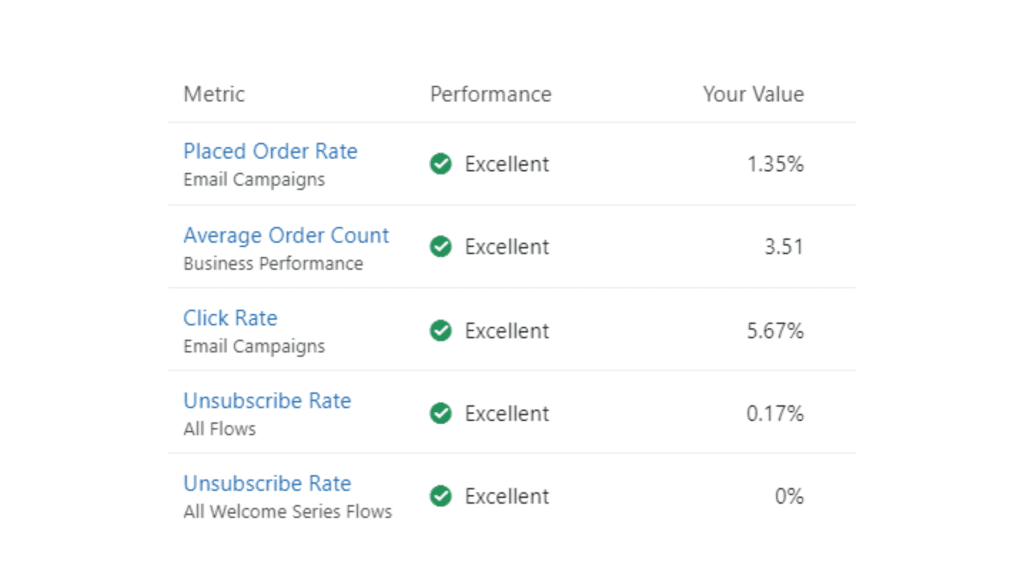As a marketer, one of the most important aspects of running a successful email campaign is measuring its performance. This is where key metrics come into play. By tracking and analysing key metrics, you can gain valuable insights into how your email campaigns are performing and make data-driven decisions to improve them. We will look at the most important key metrics for email marketing success, how to calculate and interpret them, and tips for improving them.
Why measuring key email marketing metrics is important
Measuring key metrics is crucial to the success of any email marketing campaign. Without tracking and analysing key metrics, you won’t know how well your campaigns are performing, which makes it difficult to make data-driven decisions to improve them. Measuring key metrics allows you to identify what’s working and what’s not, and make changes accordingly. It also helps you to optimise your campaigns for better results, which can lead to increased engagement, conversions, and revenue. Keep in mind that these benchmarks can vary depending on your industry, audience, and campaign type. It’s important to track your own metrics and compare them to your own historical data to get a more accurate picture of your email campaign’s performance.

Understanding the different key metrics
There are several key metrics that you should be tracking to measure the success of your email campaigns. These include:
Click rate
The click rate measures the percentage of people who clicked on a link within your email. It’s a good indicator of the effectiveness of your email’s content and call-to-action. A high click rate indicates that your email’s content is engaging and relevant to your subscribers. Top tip: You can improve your click rate by optimising your email’s content, call-to-action, and landing page.
Bounce rate
The bounce rate measures the percentage of emails that were undeliverable and returned to the sender. A high bounce rate can indicate issues with your email list, such as invalid or outdated email addresses. Top tip: You can improve your bounce rate by regularly cleaning your email list and removing invalid email addresses.
Conversion rate
The conversion rate measures the percentage of subscribers who completed a desired action, such as making a purchase or filling out a form. It’s a good indicator of the effectiveness of your email’s call-to-action and landing page. Top tip: You can improve your conversion rate by optimising your call-to-action and landing page for better user experience and higher conversion rates.
Open rate
The open rate measures the percentage of subscribers who opened your email. It’s a good indicator of the effectiveness of your subject line and email preview text. A high open rate indicates that your email’s subject line is compelling and relevant to your subscribers. Top tip: You can improve your open rate by testing different subject lines and preview text to see what resonates best with your subscribers.
Unsubscribe rate
The unsubscribe rate measures the percentage of subscribers who opted-out from receiving future emails from your business. A high unsubscribe rate can indicate that your email content is not relevant or engaging to your subscribers. Top tip: You can improve your unsubscribe rate by providing valuable content and targeting your email campaigns to the right audience.
Measuring key metrics is essential to the success of any email marketing campaign. By tracking and analysing key metrics, you can gain valuable insights into how your email campaigns are performing and make data-driven decisions to improve them. Understanding the different key metrics, how to calculate and interpret them, and benchmarking them against industry standards can help you to optimise your email campaigns for better results. By following these tips and using the right tools, you can create effective email campaigns that engage your subscribers and drive results.



